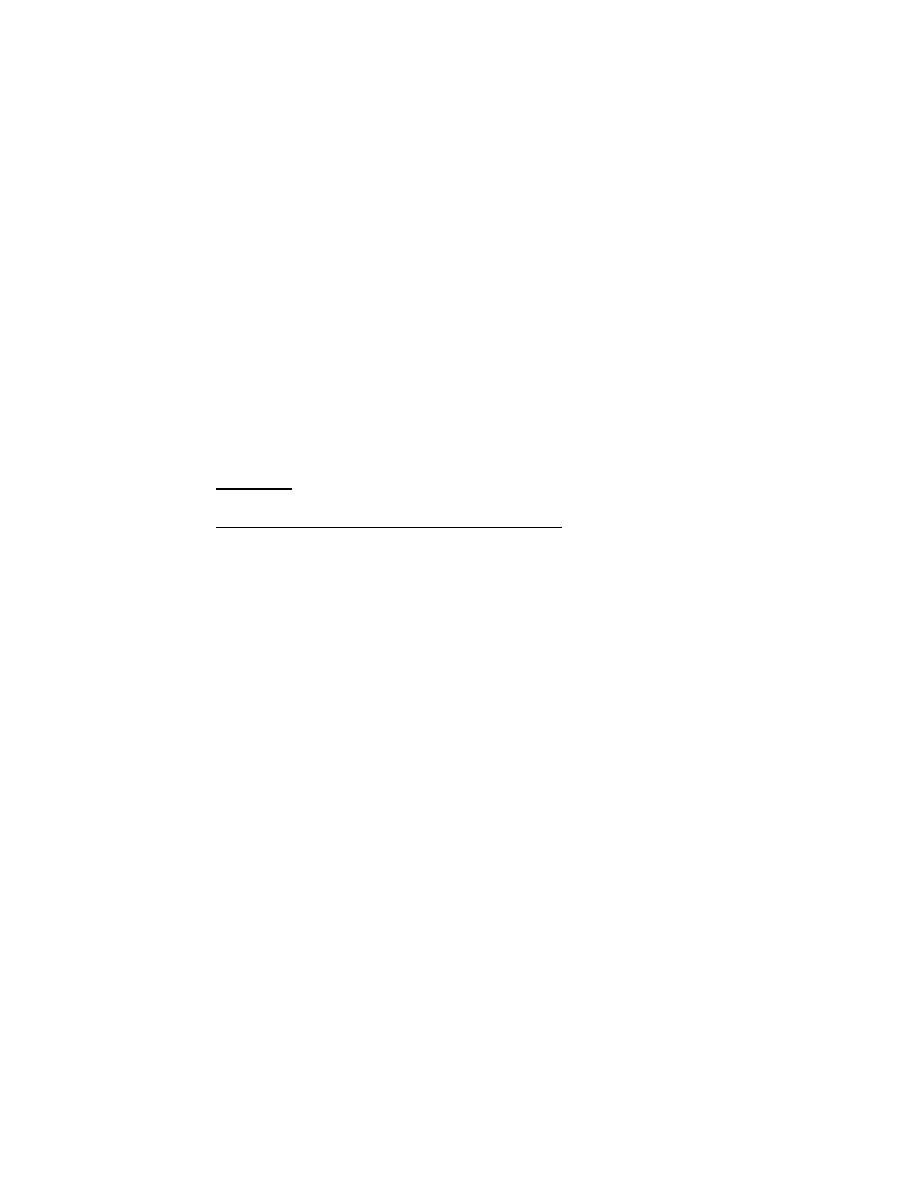
MIL-HDBK-1165
devices). You should be aware of and prepared for these
possibilities if you decide to retrofit.
Concerning replacement, ULF toilets are not all alike.
Some brands outperform others. ULF toilets may require more
frequent cleaning; some may not flush waste as efficiently as
others, resulting in more flushes per use; and some may not
provide sufficient "scour" velocity to the sewage lines to carry
away the waste, resulting in increased sewage maintenance.
Overall, however, the most recent ULF toilets are more
technologically advanced than the first ones to appear on the
market a decade ago. With a little product research, quality ULF
toilets can be obtained which have no more operating problems
than conventional toilets.
5.2.2
Urinals
5.2.2.1
Conventional and Water-Efficient. Conventional urinals
utilize from 1.5 to 3.0 gpf (5.7 to 11.4 lpf). New urinals, in
compliance with federal regulations, use a maximum of 1.0 gpf
(3.9 lpf). Savings of 1.5 to 6 gallons (6 to 23 liters) per day
per person can be realized by using ULF urinals. Urinals come in
a variety of designs and may be floor- or wall-mounted.
a) Siphon jet urinals. Siphon jet urinals are the
most common type of urinal. They use a tank and a siphon device
that discharges the flush tank when the water level in the tank
reaches a certain height. There is no user-controlled flushing
mechanism. Siphon jet urinals are appropriate for high traffic
lavatories.
b) Washdown or washout urinals. Washdown or washout
urinals use a mechanical flush handle or button (user controlled)
to activate the water to wash down the basin, carrying the liquid
waste with it. These urinals are generally used in low traffic
lavatories.
c) Blowout urinals. Blowout urinals work in a similar
way to siphon jet urinals, except that the tanks are concealed
behind the wall.
d) Waterless urinals. Waterless urinals work by using
special trap inserts containing a biodegradable liquid. The
liquid has a lower specific gravity than urine and floats on the
surface of the trap as the heavier urine passes through to the
28



 Previous Page
Previous Page
